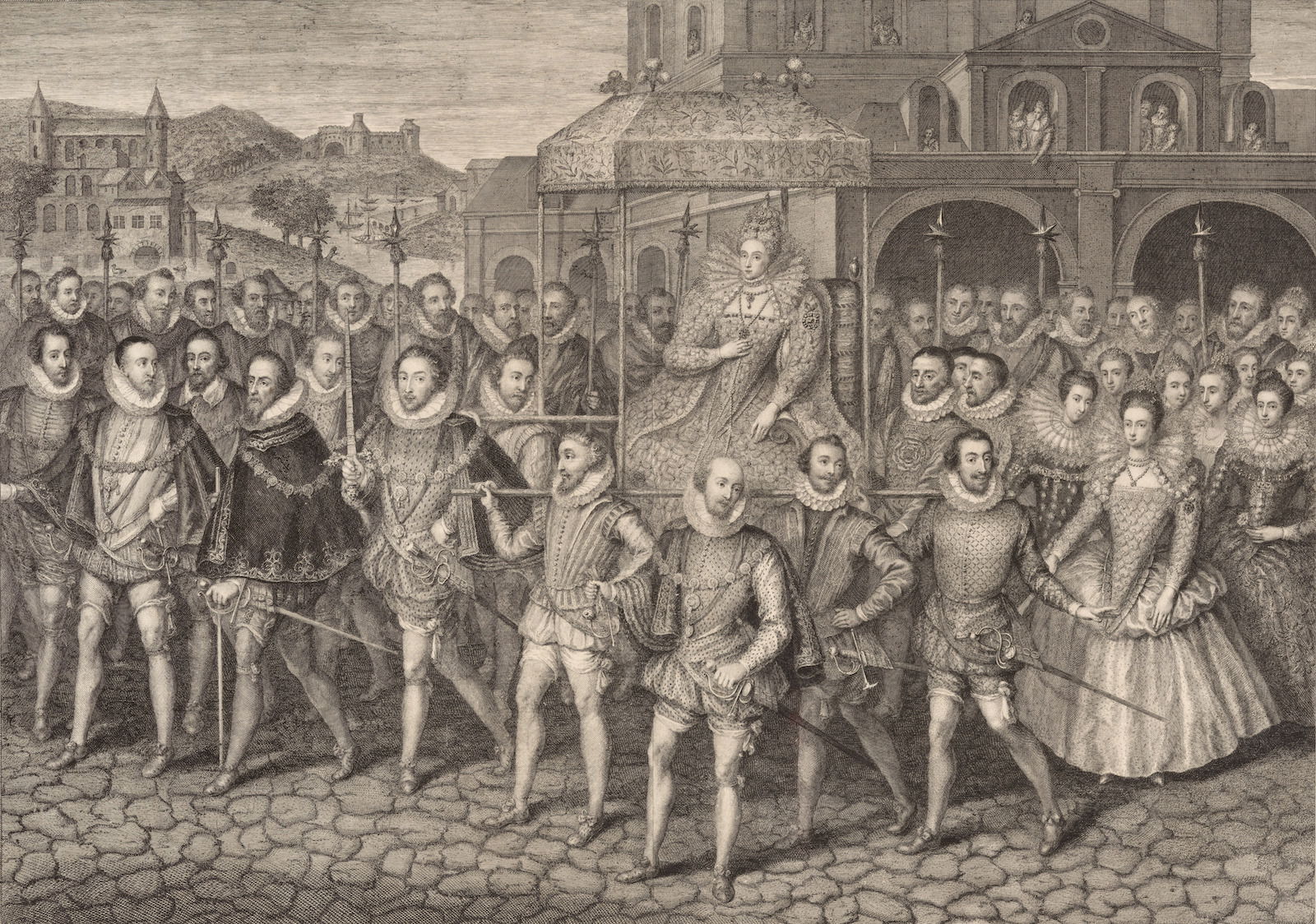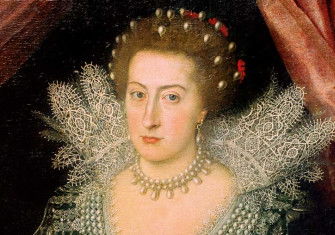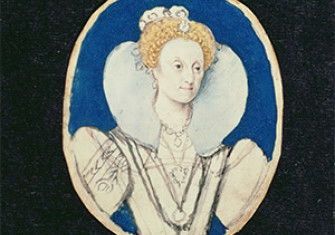Why Elizabeth I Never Married
Retha Warnicke investigates one of the key questions of Tudor England: why did queen Elizabeth I never marry?

Observers and historians, from Elizabeth I’s reign until the present time, have discussed and debated why the Queen never married. The claim in her first parliamentary speech about preferring the single state was not extraordinary. Her sister Mary Tudor made the same disclaimer before instructing her privy councillors to negotiate a marriage treaty with the advisors of Philip, future king of Spain. In this patriarchal society, people expected husbands to take charge of their wives’ property and business. It is not surprising, therefore, that Sir James Melville, the Scottish ambassador, should have observed in 1564 that Elizabeth remained unmarried because she wanted to be both king and queen. Later Catholic polemicists gave contradictory reports concerning her sexual experiences and attributes. Some alleged she had numerous illegitimate children with Robert Dudley, earl of Leicester, and others asserted she was biologically unable to bear children. Modern historians have suggested she possessed a psychological fear of marriage, recalling the execution of her mother and step-mother as well as the death of Jane Seymour in childbirth.







